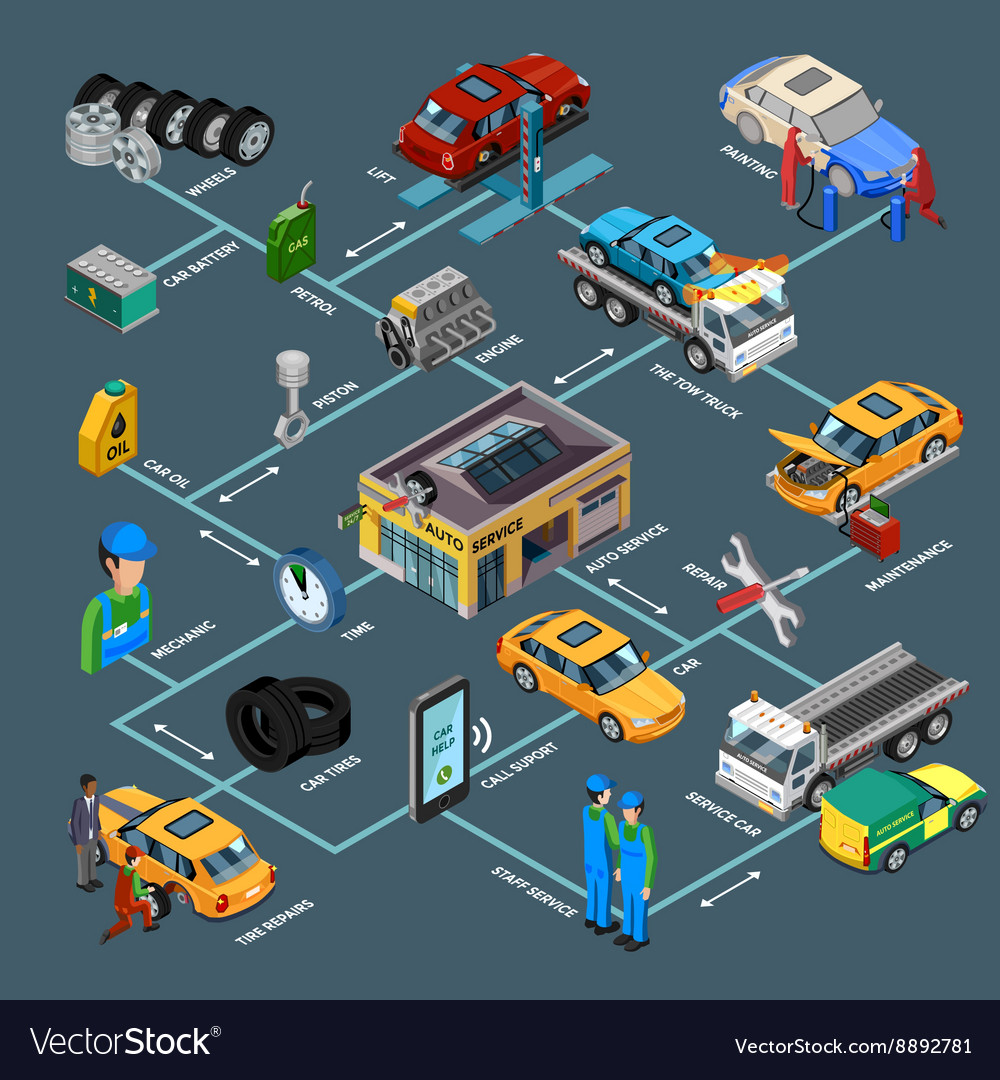Prepare To Delve Into The Fundamental Steps For Keeping Your Tires And Securing Your Safety And Security On The Freeway
Prepare To Delve Into The Fundamental Steps For Keeping Your Tires And Securing Your Safety And Security On The Freeway
Blog Article
Article Writer-Faulkner Ruiz
Ensuring your tires are in leading condition is more than simply a routine job-- it's a safety and security necessary for each journey you start. From maintaining proper atmospheric pressure to examining for deterioration, the health of your tires directly influences your vehicle's efficiency and your well-being when driving. But what are the vital steps to require to maintain your tires in prime shape? Let's explore the critical aspects of tire upkeep that you shouldn't ignore.
Benefits of Normal Tire Upkeep
Regular tire upkeep provides a range of advantages that can enhance your driving experience and ensure your safety on the road. By maintaining your tires correctly inflated, you improve fuel performance, saving you cash at the pump.
Well-kept tires likewise provide much better grip, reducing the threat of crashes, especially during inclement weather. Appropriately aligned and balanced tires result in a smoother trip, decreasing resonances and improving total automobile handling.
On a regular basis turning your tires advertises even walk wear, expanding their life-span and saving you from premature replacements. Furthermore, maintaining the right tire stress can prevent blowouts and apartments, lowering the possibilities of unforeseen malfunctions when driving.
Tire Evaluation Standards
When inspecting your tires, it's important to focus on various key aspects to ensure they remain in ideal condition for risk-free driving. Begin by inspecting the tire pressure utilizing a stress scale to ensure it matches the maker's recommended level.
Check the step depth by putting a dime inverted into the step grooves; if you can see every one of Lincoln's head, it's time for new tires. Try to find any signs of irregular wear, which may indicate placement problems or improper rising cost of living.
Look for Suggested Internet page , bulges, or splits on the tire sidewalls, as these can lead to blowouts. Furthermore, examine the tire shutoffs for damage or leaks. Keep in mind to inspect all four tires, consisting of the spare if applicable.
Proper Tire Rotation Techniques
To make certain even put on and prolong the life expectancy of your tires, it's essential to follow proper tire rotation strategies. Normal tire rotation aids disperse use evenly across all four tires, promoting longer step life and enhancing total performance. Beginning by inspecting your automobile's handbook for the suggested rotation pattern. Usually, front-wheel-drive, rear-wheel-drive, and all-wheel-drive automobiles have various turning patterns to represent varying wear patterns.
For Click On this site of cars, the advised tire rotation interval is every 6,000 to 8,000 miles, but this may vary, so it's essential to consult your manual.
When revolving your tires, exchange the front tires with the rear tires, moving the left rear tire to the left front position and vice versa. Keep in mind to likewise go across the back tires to the opposite sides when moving them to the front. This straightforward yet effective rotation strategy assists ensure that all tires put on evenly, maximizing their lifespan and keeping optimal efficiency.
Final thought
Ensure to focus on normal tire upkeep to keep your car running smoothly and safely. By following simple examination standards and correct rotation strategies, you can expand the lifespan of your tires, boost fuel efficiency, and enhance overall efficiency when traveling. Don't neglect the relevance of taking care of your tires - it's a tiny effort that can make a big distinction in your driving experience.
